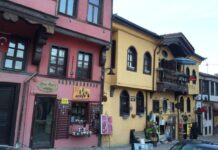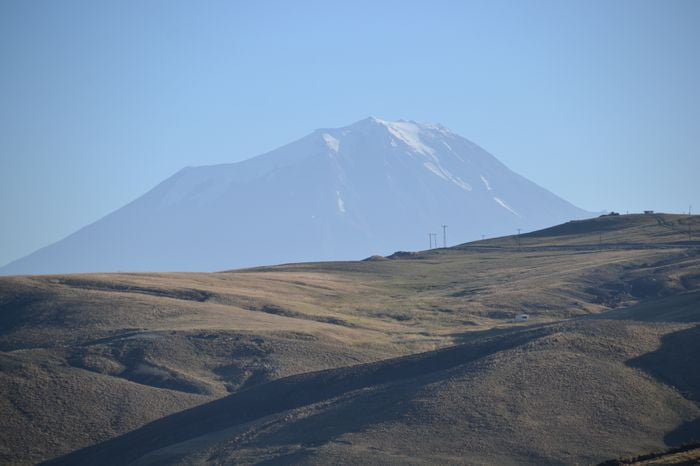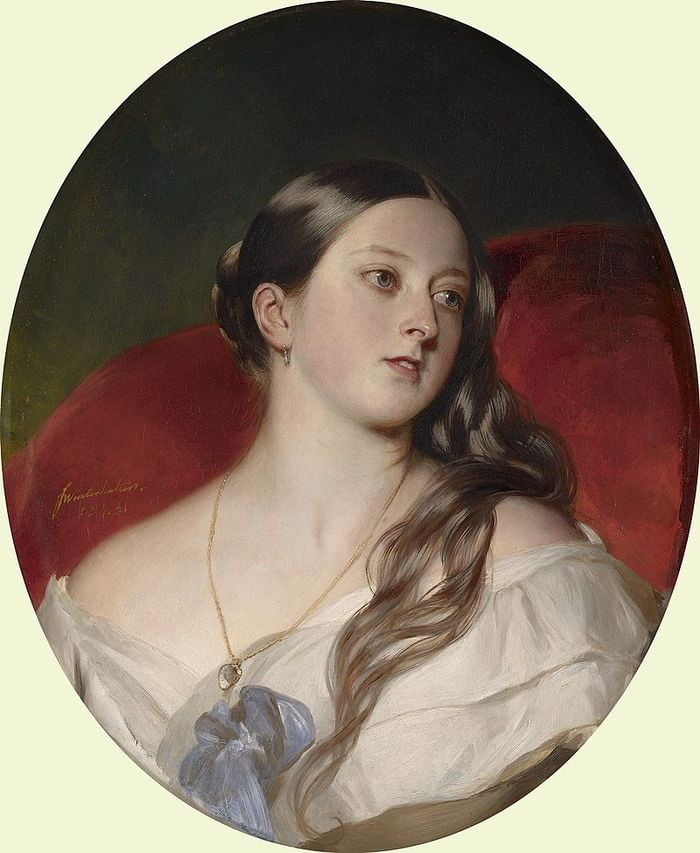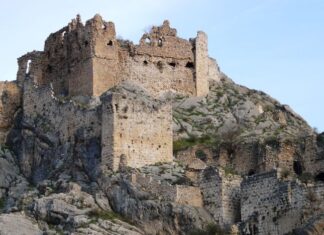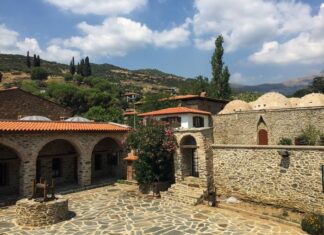Railroads and Urban Specialization
The first railroad in Bulgaria was built in the second half of the 19th century, connecting Russe on the Danube with the Black Sea port of Varna. This railway was an important step in linking the interior of Bulgaria with international trade routes.
Even before the railroad, urban centers had begun specializing in trade and industry. By the mid-18th century, towns developed production of specific goods for local and regional markets:
Gabrovo and Sliven became centers for rifles, pistols, and iron tools.
The Rhodope region specialized in producing aba cloth, a type of traditional textile.
These centers laid the foundation for Bulgaria’s later industrial development Bulgarias Economy under Turkish Rule.
The State of the Economy Before Liberation
Until the Liberation in 1878, Bulgaria’s economy remained extremely primitive by Western standards. The country was part of the Ottoman Empire, and economic development followed Ottoman systems rather than modern European ideas. Important economic theories by Adam Smith or David Ricardo had little influence on local policies or practices.
The economy inherited by the new principality was in a transitional phase:
It had elements of a natural economy, producing mostly for local needs rather than for trade.
At the same time, it was beginning to develop a market economy, producing some goods for sale rather than only for the producer’s own use.
Post-Liberation Economic Goals
The first governments after 1878 aimed to modernize the country. Their main goals were:
Redistribution of land to reduce inequalities and improve farming.
Modernization of agricultural techniques to increase productivity.
Industrialization to create new jobs and increase exports.
Expansion of trade with European markets.
These efforts, however, were interrupted by wars. The Balkan Wars and World War I drained resources, and reparations imposed on Bulgaria after World War I left the country near economic ruin.
Interwar Economic Development
During the 1920s, the Bulgarian economy slowly recovered. Reforms under Stambolisky improved agriculture and industry, while A. Liapchev’s government (1926–1929) stabilized the economy further.
After 1934, however, Bulgaria moved toward authoritarian rule. The country also aligned more closely with Germany, making trade with Germany more important than with any other nation.
Sovietization of the Economy
After World War II, Soviet troops occupied Bulgaria, and the economy was reorganized along Bolshevik lines. This included:
Collectivization of agriculture to combine small farms into large, state-controlled units.
Mechanization of farming to increase efficiency.
Nationalization of industry, trade, and banking, giving the state full control over the economy.
From this point onward, Bulgaria’s economy operated according to Soviet models, losing much of its previous independence and becoming closely tied to the USSR Private Fun Tour Istanbul.
From the 18th century to the post-World War II period, Bulgaria’s economy evolved from a primitive agrarian system to a more modern, industrial, and state-controlled economy. Wars and foreign influence repeatedly shaped its development, and by the mid-20th century, the economy had become fully sovietized, with agriculture, industry, and trade under strict state control.

